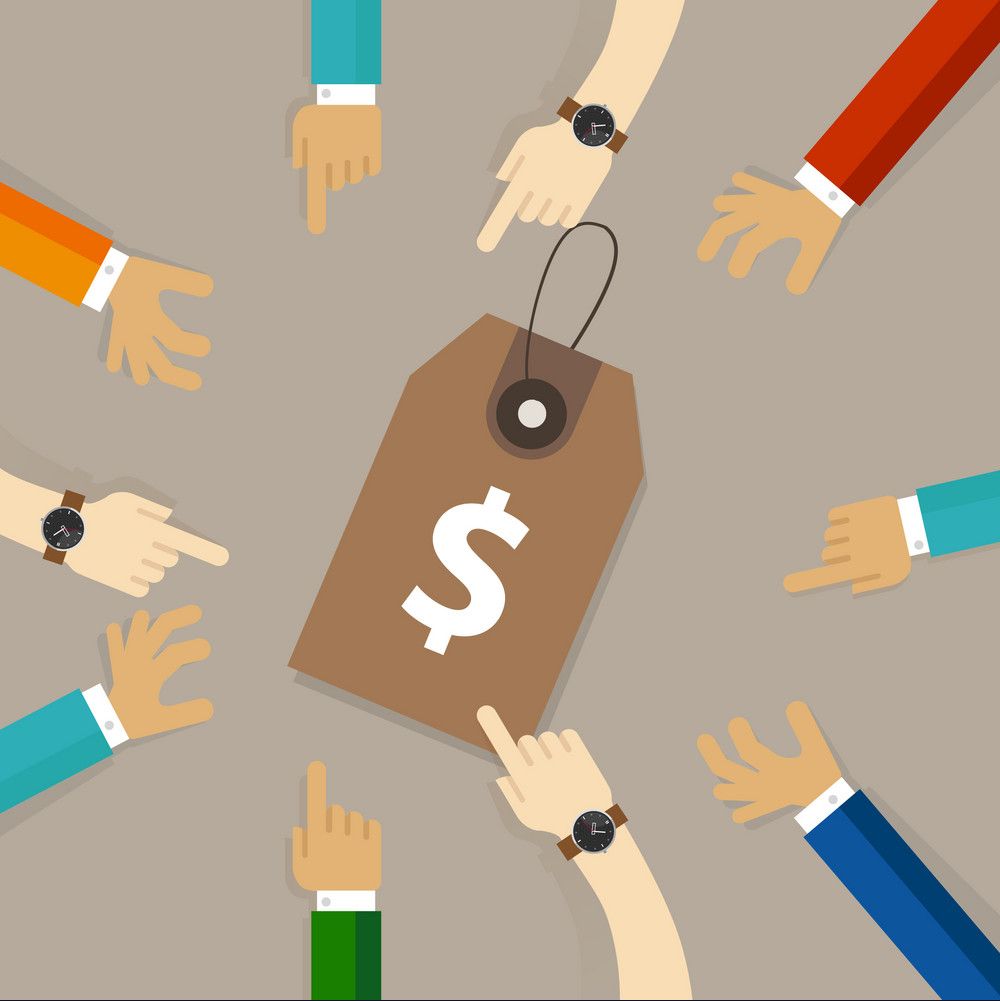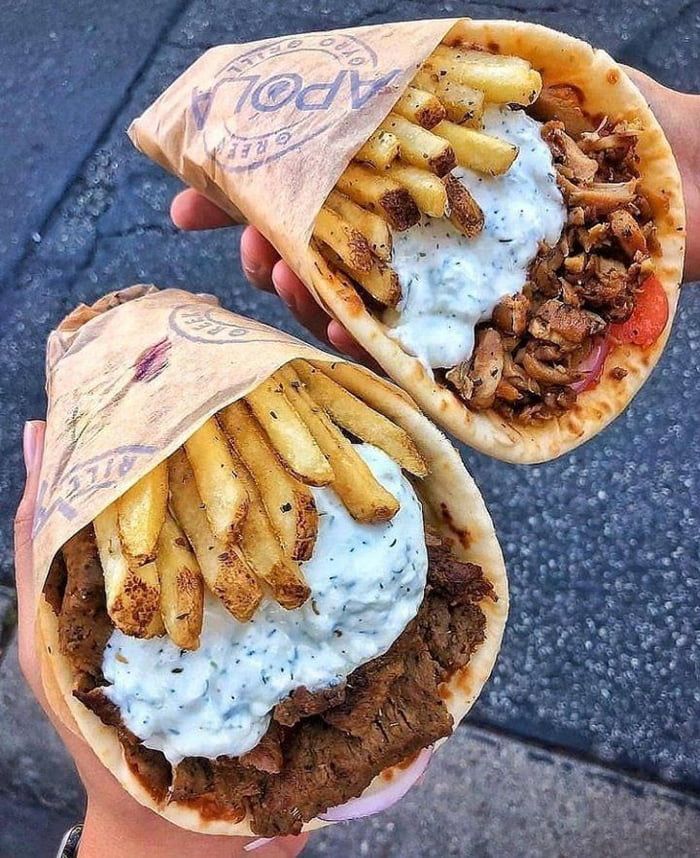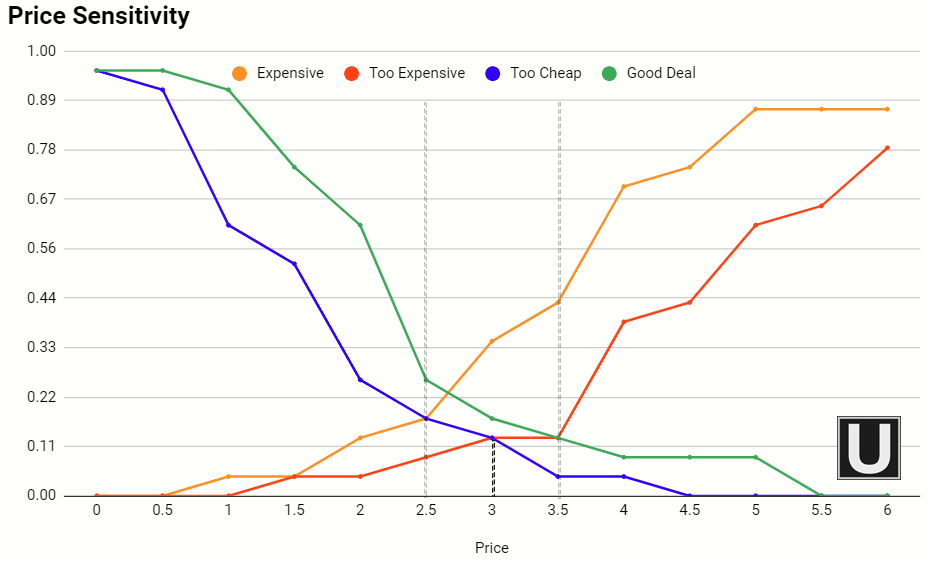We can take advantage of the way humans think about value.
We know that the computer you are using is worth more than the water bottle that is on the table. That is just something we inherently know. Why? Because we probably purchased water in the past, we recognize the price of a computer. We understand that we get more value out of the computer than the bottle of water. Every human has a built-in value meter in which we value products (or services!) comparatively.
Now, assume I put you in the middle of the desert and don't give you water for two days. Suddenly the value of the water bottle climbs to the top of your value meter.
When you ask a person directly what they are willing to pay for a bottle of water, they refer to their value meter. They give you an answer based on expectation and comparison rather than on how much they may potentially value it. This happening makes it hard for a person to admit the real value of your product.
This phenomenon occurs when your product is an innovation, without valid comparisons, or if the value your product provides is much higher than any substitutes available on the market. The customer suddenly does not have an accurate thermometer to measure your product against, and will often give you a much lower price point when asked directly.
Economists and psychologists have studied this phenomenon for a long time. There are many techniques to gather information on the world-famous question for any startup: How much should I price my product?
We can take advantage of this phenomenon by asking the customer indirect questions on a range.
One of my favorite techniques, which I believe works very well, is the Van Westerndorp method, also known as the Price Sensitivity Meter technique. Its a series of 4 simple questions you can ask your customers to determine a price range at which your product pricing matches your offering's real value.
What better way then to put those questions on a survey and ask enough people. If you survey, say, 150 potential customers, you will discover a pretty accurate price range determined by consumer value. Simple enough? Let's get started.
The first step is to make sure that customers understand your product. Consider giving customers a demo, sharing a video, or showing them detailed pictures of your product. You could include this at the top of your survey. For our purposes, let us take a picture of this yummy Gyro. Since a picture is worth a thousand words, I think it would do quite well to price this Gyro.
- The first question you would ask is, at what particular price point is this Gyro way too expensive that you would never consider purchasing it?
- Then you would ask at what specific price point is this Gyro getting expensive, but you would still consider buying it?
- At what price point is this Gyro a really good deal?
- And, At what point is this Gyro too cheap that you'd question its quality?
Notice the answers would give us a range of prices rather than one fixed price. By answering in ranges, people tend to let go of their value spectrum and instead determine the boundaries of how valuable the product is to them. This technique is, by far, one of the most accurate ways of determining your products true value-based price through a survey.
Looking at the data for 30+ users, we would get a cumulative graph as shown below.
From the results of the survey above, (about 30 entries at the time of this article.) We notice that the optimal value-based price range is between $2.5 and $3.5. At $2.5, the Gyro has approximately 15% of people who think its both expensive and too cheap. The optimal price would be the intersection of "too expensive" and "too cheap" at $3. Of course, this is just an indication of pricing and based purely on the people you have surveyed!
For anyone interested, I have created the Gyro survey here (feel free to take it!). I have set up a live updating-pricing worksheet to go along with it.
Feel free to make a copy for your own product pricing journey, and good luck with your product pricing adventures.




